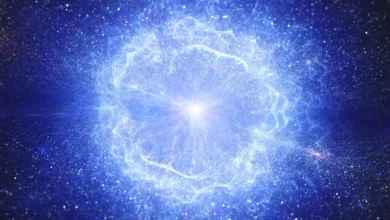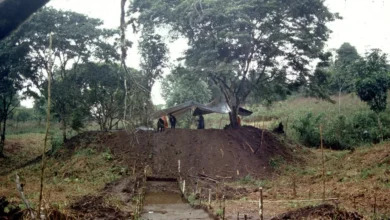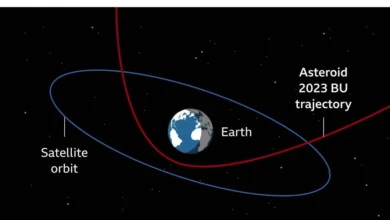Dark Skies: Welsh island is first sanctuary in Europe
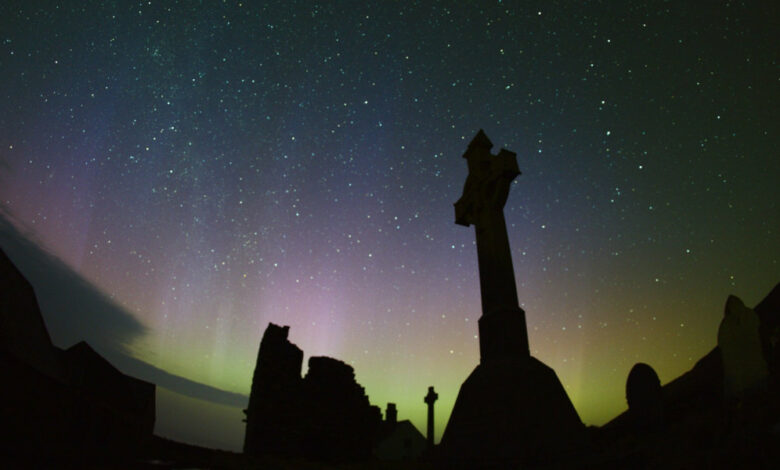
An island in north Wales has been officially recognised for having one of the best night skies in the world.
Ynys Enlli (Bardsey Island), off the Llŷn Peninsula, has become the first site in Europe to be awarded International Dark Sky Sanctuary certification.
It joins 16 other sites worldwide recognised as the most remote and dark places on earth.
The trust which owns the island said it was a “huge achievement”.
Wales already has several Dark Sky places and reserves, but areas designated as sanctuaries are much rarer and have stricter criteria in terms of the quality of the night sky.
The island’s trustees hope that the new status will raise the island’s profile as well as establishing Wales as a “dark sky nation”.
Sian Stacey, chair of the island’s trust, said the award was the culmination of several years of hard work.
“There’s no doubt that achieving this prestigious status for Ynys Enlli will raise the profile of the island as a unique place in Wales and amongst the best in the world to appreciate the night sky,” she said.
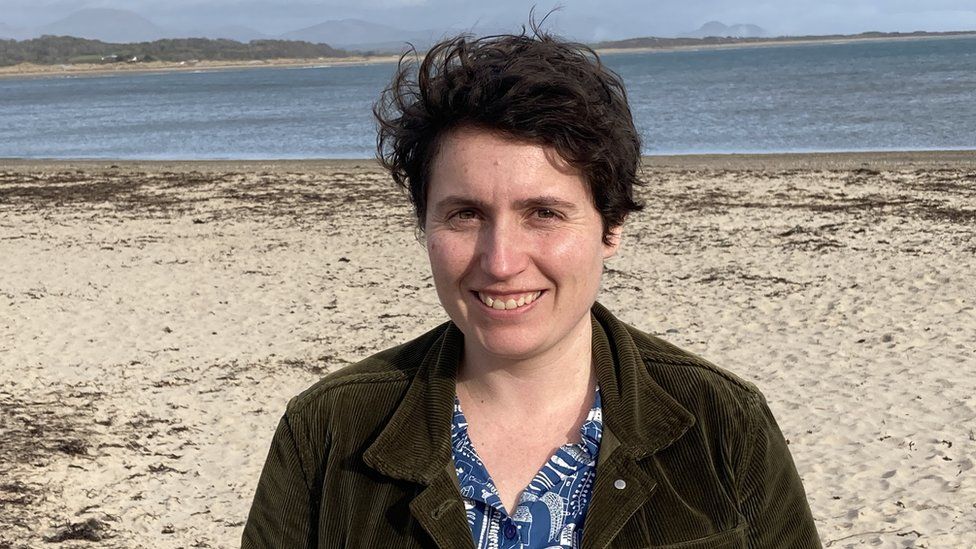
“We hope it will also go a long way in securing the long-term sustainability of the island.”
Ynys Enlli is located two miles off the tip of the Llŷn Peninsula, and its location and geographical features make it one of the darkest places in the UK.
The mountain on the island serves as an effective barrier, limiting light from the mainland. The closest major light pollution comes from Dublin, which is over 70 miles [112.6 km] across the Irish Sea.
Known as the island of 20,000 saints due to the Celtic and Christian monasteries established there since the sixth Century, evidence suggests it was inhabited from as early as the Bronze age.
Today, it is home to a small community who work the land and fish from the island. There are also 10 holiday cottages, with visitors allowed on the island between March and October.
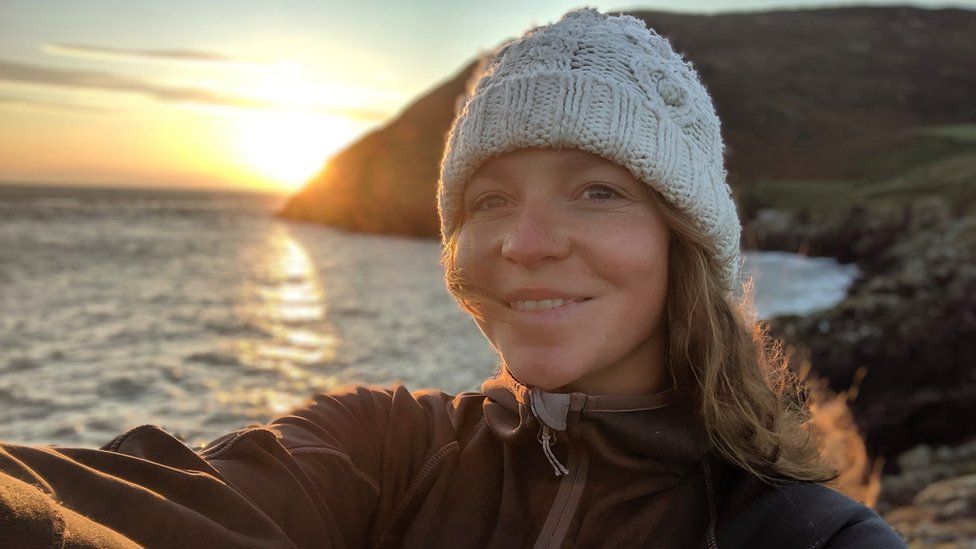
Mari Huws, one of the island’s wardens, took part in the certification process.
She said: “Living here I am always in awe of the island’s beauty – and the night sky is very much a part of that.
“Having secured the certification, we look forward to welcoming visitors here over the coming months and years and sharing with them our unique story.
“In a world that’s increasingly being polluted, it’s a privilege to be able to work towards protecting something that is pristine for future generations.”

The new certification will be regularly reviewed by the International Dark Skies Association (IDA), and Ms Huws will have to take measurements when conditions are favourable and keep a record of them.
A four-year programme using the latest technology was undertaken as part of the application to monitor the quality of the night sky on the island to show that it is sufficiently dark to qualify.
The IDA also required a lighting management plan and photographic evidence for the certification.
Menna Jones, Enlli’s development manager, believes that the status will attract investment to the island and the local area.
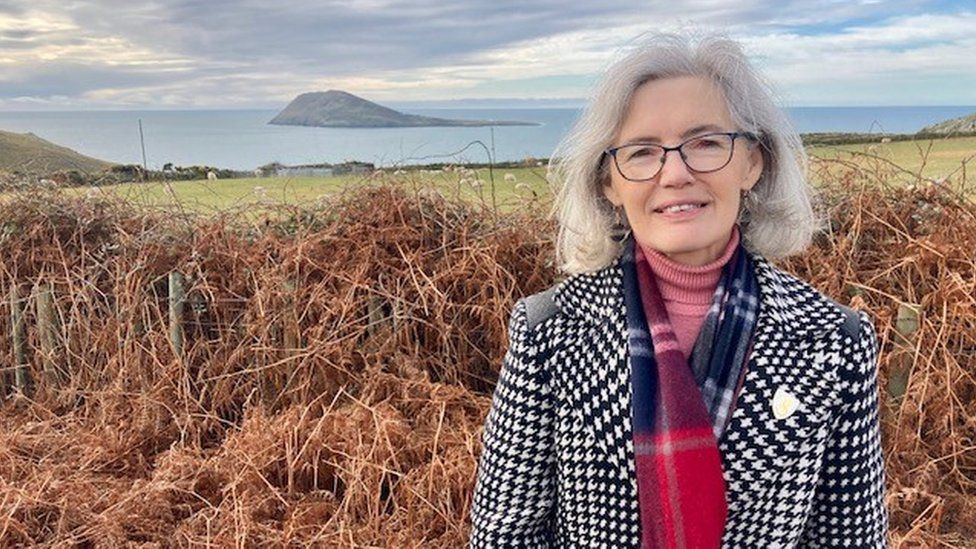
“It’s very important to us at Ynys Enlli that we work with the local community and of course what we’ll be doing over the next 10 years is to invest in the built environment, in the heritage and we need to develop other projects which will enhance what’s already there,” she said.
“Because it’s a small, remote community it’s good that the eyes of everybody in Wales and the world will be on Ynys Enlli.”
Ynys Enlli’s new dark sky status comes as light pollution across the globe continues to rise.
In the last 12 years the night sky has brightened by 10% every year which, according to a recent global study, means that a child born in an area where 250 stars were visible would probably see fewer than 100 stars in the same location 18 years later.
Light pollution is “skyrocketing” according to scientists.
And all this artificial light has consequences beyond our view of the stars.
Studies have shown its impact on our sleep – and consequently our health- and its disruptive impact on nocturnal wildlife. There is also evidence of underwater effects; artificial light in coastal cities exposes large areas of seafloor to potentially harmful levels of light.
But dark sky advocates say it doesn’t need to be this way. Even in urban areas, more carefully directed lighting that doesn’t shine up into space, and lights that are switched off when they’re not needed, could help save energy and bring back the glow of a naturally dark night sky.


